2023 Nissan Z First Drive - Old Dog, New Tricks

Meet the new Nissan Z. Same as the old Z.
Well, sort of.
Nissan has worked hard to hype the new Z – yet it’s an open secret that the new car shares some of its bones with the previous-generation car.
Which isn’t necessarily a bad thing.
It’s been a few years since I’ve piloted an example of the last Z, but I do recall one thing: For all that car’s flaws and foibles, it succeeded at its core mission of being fun to drive.
Thankfully, and most importantly, that carries over to this heavily updated version.
Editor’s note: No swag disclosure is needed for this review – I wasn’t flown anywhere or fed on someone else’s dime or offered swag. I was simply loaned a new Z for a weekend in the same manner I am usually loaned test vehicles.
Backing up a second – the new Z may share some underskin parts with the 370Z, but the styling is completely different. Thank goodness for that – the 370Z always looked a bit awkward, without the classic lines of the Zs that came before. This new car nods at its predecessors while also looking modern – a nice blend of contemporary and retro that’s easy on the eyes. Only the gaping grille gives one pause.
You may be wondering how much of the old Z – generation Z34 – carries over to the Z35. Nissan tells me 80 percent is new and 20 percent carries over, but a bit of digging through the reviews from those who actually attended the first-drive event and did the legwork shows that the story is a bit more nuanced than that.
According to our friends at Jalopnik, the windshield, door windows, hatchback glass, roof panel, engine-start button, seat-heater switches, traction-control switch, trunk/hatch release, and window switches are among the parts that carryover. So are the interior door handles and air vents. The rear suspension geometry is also the same, though the dampers and bushings are new.
There is more parts-bin sorcery afoot – the available nine-speed automatic transmission comes from the Frontier pickup truck, though the case is lightweight and magnesium in this application. And the six-speed manual that my test car was equipped with also comes from the 370Z, though it does see some minor changes.
You also no doubt know that the 3.0-liter twin-turbo V6 underhood (400 horsepower, 350 lb-ft of torque) comes from the Infiniti Q50 and Infiniti Q60.
As for the platform itself, Nissan reps tell me it’s retuned.
It’s easy to rag on Nissan for taking a pre-existing platform, modifying a large percentage of it while leaving 20 percent carryover, and then using the factory parts bin to round out the car and calling it a day. Even if you do nod in understanding when you read other reviews and see quotes from Hiroshi Tamura, who shepherded the new Z through production, talking about how making extensive use of the existing platform helped keep costs – and thus, MSRP – down.
But here’s the thing – it mostly works. Sure, maybe it’s just the effect of the new sheetmetal. Fancy clothes can cover up the same old structure underneath. But the driving experience is generally good enough, especially when it comes to ya-ha time, that you won’t care.
Nissan asked journalists testing the car at home not to track it – no doubt to make sure no one had a bad day and bent sheetmetal, something I know a little about – so I settled for a jaunt to my favorite curvy road, with a side sampling of a nice little cloverleaf freeway exit that allows for some grin-inducing idiocy.
The very conspicuous presence of law enforcement* ruined a bit of my back-road fun, though I did manage to get a little hustle going before public safety showed up and started prowling around. I found that the Z turns in sharply, and it can turn in even more sharply should you need a mid-corner correction to find the apex. It does so with startling accuracy.
That’s the good – the bad was a wee bit of body roll. Tolerable, for sure, but a bit surprising in a sports coupe. Nissan also touts the speed-sensitive electric power steering’s mechanical feel in its press release but it still read as relatively artificial to me, though it’s well-weighted and, as noted above, pinpoint accurate.
*Thankfully, Johnny Law was merely lurking, and we did not interact. My wallet was not lightened and my drive proceeded just fine, though more slowly.
Nissan bestows the Z with a double-wishbone aluminum suspension up front. It has new geometry and a two-point front strut tower brace. The rear suspension is independent multi-link aluminum, and there are front and rear stabilizer bars. Dampers front and rear use a new monotube shock absorber that’s larger in diameter than what was on the 370Z.
This suspension – sport-tuned on Performance trims like my tester – helps strike a nice balance between sports-car stiff and street-drive friendly. There were still times the ride was jarring on the pock-marked pavement that’s far too prevalent in the Chicago area, but on nicer surfaces, the Z rode quite comfortably.
Nissan has widened the track by 1.5 inches up front and 1.2 in the rear, and the car is almost 5 inches longer than a 370Z.
The twin-turbo lurking underhood doesn’t sound particularly lovely, but it packs a very nice punch. Torque is available for passing (or just because you got a wild hair all of a sudden) in just about any gear – I didn’t need to downshift often when making passing maneuvers on the expressway.
I even managed to give the rear end a nice wiggle-waggle with a heavy dose of throttle in second gear – on dry pavement, nonetheless. As for the stick itself, the throws are just right in length and the snick-snick is satisfying, though I occasionally found the wrong gate and reverse sometimes needed a bit of extra effort to engage. The clutch is a bit heavy and take-up is a tad abrupt – I stalled a handful of times – but it’s easy to quickly get used to. Nissan’s rev-matching system is present here and can be switched on or off. The driveshaft is carbon-fiber composite.
Inside, the Z gets a digital, customizable gauge cluster with three potential views – Sport, Normal, and Enhanced. Steering-wheel switches make it easy to configure the cluster and move through the menus. The integrated infotainment system is standard Nissan fare, which means it’s not the sexiest design but it’s usable enough – or at least, as far as I could tell, since I was running wireless Apple CarPlay most of the time.
There is a volume knob, yay, as well as a tuning knob. No haptic touch BS here. The HVAC controls are delightfully old-school, too.
Nissan’s done a nice job here, but there are flaws. There are some fit-and-finish issues, though my tester was pre-production, meaning that the build quality isn’t necessarily up to production standards. Some interior materials feel downmarket, though others are an upgrade over the 370Z. Road noise is a bit intrusive at times. And then there are the limitations inherent to this type of car – the center console is tiny and interior storage space is limited, though there is some useful space directly behind the seats, ahead of the hatch area.
The car’s design also hampers visibility to the rear – large blind spots are an issue during lane changes and also during tight maneuvering in parking lots.
Pricing starts at $39,990 with the Performance trim costing $49,990 and the Proto Spec Special Edition trim ringing the register at $52,990. Destination adds $1,025, and those MSRPs are the same for either transmission.
Base cars have 18-inch wheels, automatic climate control, satellite radio, Bluetooth, Wi-Fi, USB (one A, one C), smart cruise control, and keyless entry and starting.
Performance-spec trims like my test vehicle add heated seats, a mechanical clutch-type limited-slip differential, upgraded brakes, red-painted brake calipers, 19-inch wheels with Bridgestone Potenza tires, power seats, Bose audio, navigation, and aluminum pedals.
Proto Spec cars are only available if you first select the Performance trim and get yellow painted calipers, bronze RAYS wheels, a special shift knob for the stick, and unique trim bits.
Advanced driver-aid systems include automatic emergency braking with pedestrian detection, blind-spot warning, lane-departure warning, rear cross-traffic alert, and intelligent forward-collision warning.
Fuel economy isn’t listed yet. According to the trip computer, I saw seriously dismal numbers, but the computer seemed to change the average mpg and range numbers quickly, especially when parked and idling. Additionally, my weekend consisted of a fairly unusual mix of urban stop and go, suburban driving, freeway cruising, and aggressive testing, so I’m loath to use my experience as a representative sample.
The obvious target for this car is Toyota and its Supra. I’m on record as liking the Supra’s performance and styling, though I don’t care for the lifted-from-BMW interior much. And, of course, few of us have driven the upcoming stick-shift Supra as of yet. I found the Z to be generally more livable than the Toyota in day-to-day driving – the ride isn’t quite as stiff and there’s no nasty wind buffeting. I also found entry and exit to be easier for my tall frame.
I don’t know if the Z is better than the Supra. For one, I’ve not tracked a Z. But I did find it much easier to live with, with fewer compromises.
Regardless of how it compares to the Toyota, the essence of Z has always been, at least to me, to be a fun-to-drive, two-seat sports coupe that’s relatively affordable and balances street and sport.
If that’s the formula, Nissan got it mostly right this time around. At the very least, the brand didn’t screw it up. The 370Z occasionally felt not fully formed, and it underwhelmed at times because of that, even if it was a pleasant dance partner on backroads. This one feels far more complete and well-rounded.
This new Z borrows from the old, so it’s more evolution than revolution. But it’s such a step in the right direction that there’s little to complain about.
A clean-sheet Z would excite, no doubt. And done right, it could be a huge leap forward. That said, teaching this old dog some new tricks has worked wonders.
[Images © 2022 Tim Healey/TTAC]

Tim Healey grew up around the auto-parts business and has always had a love for cars — his parents joke his first word was “‘Vette”. Despite this, he wanted to pursue a career in sports writing but he ended up falling semi-accidentally into the automotive-journalism industry, first at Consumer Guide Automotive and later at Web2Carz.com. He also worked as an industry analyst at Mintel Group and freelanced for About.com, CarFax, Vehix.com, High Gear Media, Torque News, FutureCar.com, Cars.com, among others, and of course Vertical Scope sites such as AutoGuide.com, Off-Road.com, and HybridCars.com. He’s an urbanite and as such, doesn’t need a daily driver, but if he had one, it would be compact, sporty, and have a manual transmission.
More by Tim Healey
Latest Car Reviews
Read moreLatest Product Reviews
Read moreRecent Comments
- Corey Lewis It's not competitive against others in the class, as my review discussed. https://www.thetruthaboutcars.com/cars/chevrolet/rental-review-the-2023-chevrolet-malibu-last-domestic-midsize-standing-44502760
- Turbo Is Black Magic My wife had one of these back in 06, did a ton of work to it… supercharger, full exhaust, full suspension.. it was a blast to drive even though it was still hilariously slow. Great for drive in nights, open the hatch fold the seats flat and just relax.Also this thing is a great example of how far we have come in crash safety even since just 2005… go look at these old crash tests now and I cringe at what a modern electric tank would do to this thing.
- MaintenanceCosts Whenever the topic of the xB comes up…Me: "The style is fun. The combination of the box shape and the aggressive detailing is very JDM."Wife: "Those are ghetto."Me: "They're smaller than a Corolla outside and have the space of a RAV4 inside."Wife: "Those are ghetto."Me: "They're kind of fun to drive with a stick."Wife: "Those are ghetto."It's one of a few cars (including its fellow box, the Ford Flex) on which we will just never see eye to eye.
- Oberkanone The alternative is a more expensive SUV. Yes, it will be missed.
- Ajla I did like this one.



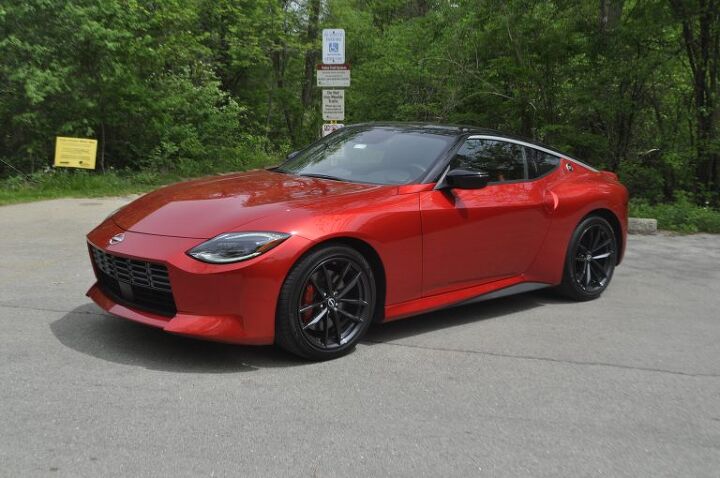





















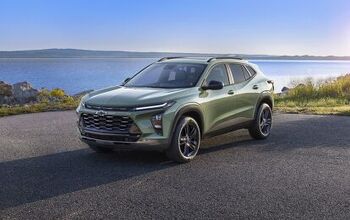
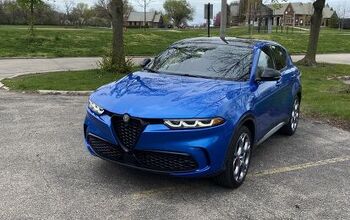
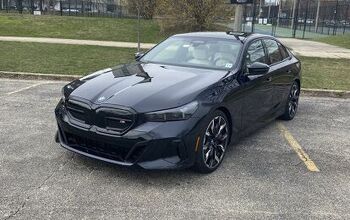
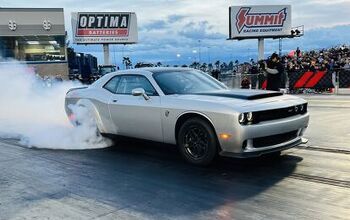
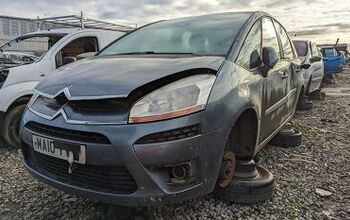
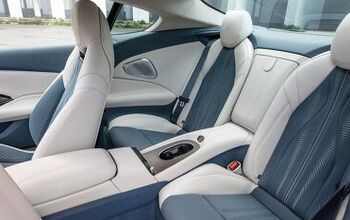
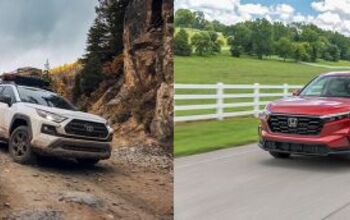
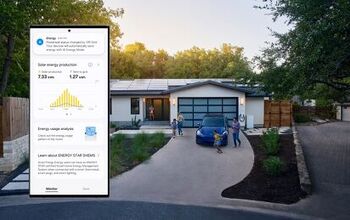
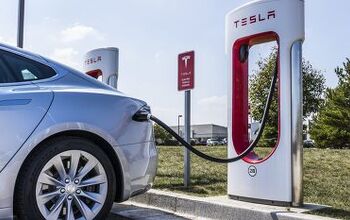
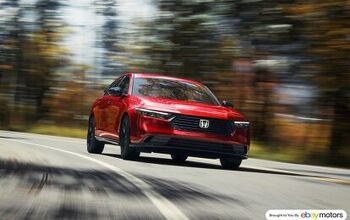
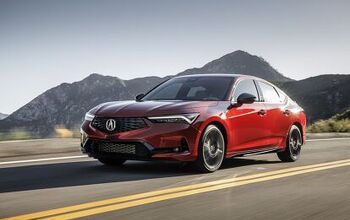

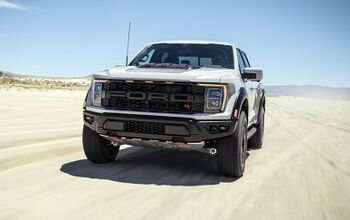
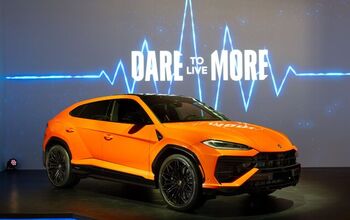
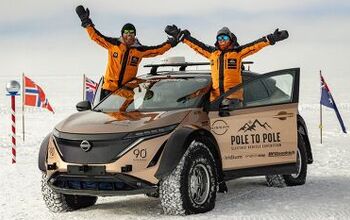
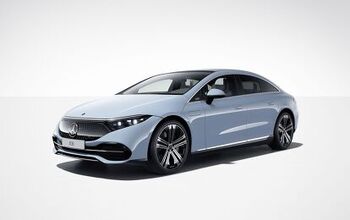
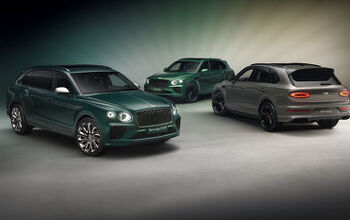
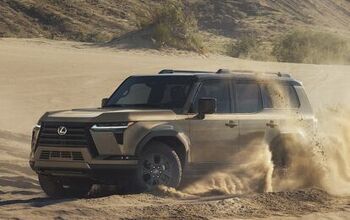
Comments
Join the conversation
Personally, I like the Z styling over the 'Bat Mo Bile' Supra. I think the Z-4 is the platform cutie in that family.
I, for one, am glad that this thing even exists and I'm over the moon that it turned out as well as it did even if Nissan went back into the Nissan/Infiniti cupboard to make it happen. Frankly, I think that it is a minor miracle that that there is even another Z at all. Given the financial challenges currently being faced by this company and the fact that even childless 20 and 30 year-olds are buying CUVs and SUVs Nissan would have been more than justified to put the Z to bed and create another SUV that slots between the Rogue and Murano. Hell, the fact that Nissan did this completely in-house without resorting to a joint-venture like Toyota has done - twice - is probably another miracle.